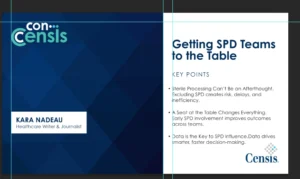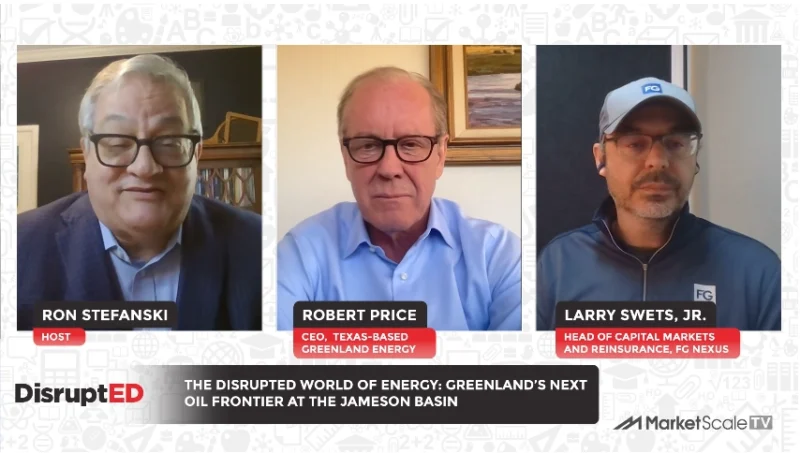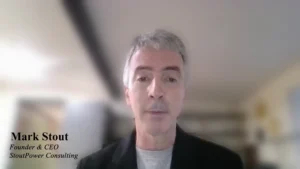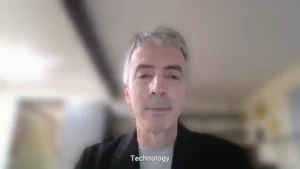UBBA Seeks to Help the Utility Industry Capitalize on Technology Advancements and Opportunities
The rapid transformation of the utility industry was palpable at DISTRIBUTECH 2024, highlighting the sector’s stride towards a future powered by artificial intelligence, sustainable energy, and electric vehicles. Secure and resilient connectivity remains the linchpin of this evolution, a focus underscored by the Utility Broadband Alliance (UBBA) and its commitment to private LTE networks as a bulwark against cybersecurity threats. Recent updates from the UBBA, including the election of Michael Rosenthal as the chair for the 2024-2025 term, emphasize the organization’s dedication to reinforcing these networks, which are crucial to the infrastructure’s integrity.
The alliance’s growth and the active collaboration between utilities and technology providers reflect an industry in vigorous pursuit of innovation and security. These themes, captured by MarketScale on the show floor, resonate with the industry’s goal to harness existing infrastructures for broader societal benefits, including the development of smart cities. Within this dynamic framework, Bobbi Harris, the Executive Director at UBBA, spoke with MarketScale on UBBA’s mission to help guide the industry towards these ambitious objectives.
Bobbi’s Thoughts:
“A lot of people call us UBBA. The Utility Broadband Alliance is a relatively new trade association, and the main mission of UBBA is to bring together the utilities and the ecosystem technology providers that focus on private LTE networks for the next generation of grid modernization. And so UBBA was officially brought together about three years ago to help solve some of those problems. Our vendors come together and talk with the utilities about their needs, and really, that’s what UBBA is all about. It is that collaboration and education.”
Showcasing Industry Evolution and Opportunities
“And here at DISTRIBUTECH, mainly it’s again to raise awareness of the alliance and to let people understand what we’re focused on and how we’re moving the industry forward. The most exciting thing right now in the utility industry is the evolution and the speed at which the evolution is taking place. There are an awful lot of opportunities with still the caveat of cybersecurity, but a lot of opportunities around AI, EVs, and next-generation green energy. And the utilities are really looking to be at the forefront of that and to use their infrastructure for the betterment of everyone under their footprint.”
Prioritizing Connectivity and Security in Utility Infrastructure
“Utilities realize that they have the infrastructure in place already, not necessarily to be the last mile provider, but to certainly support and be that middle mile provider. And what can they use their networks for? Everything really, when you talk about smart cities and smart communities, everything comes down to, is it connected? Do I have connectivity? Can I get the right data back at the right time and how I need it? Those are all the things our utilities, as part of UVVA, are solving. Utilities are always going to be challenged with having enough spectrum available. So everything for connectivity comes back to the spectrum, whether it’s a public carrier or private network, whether it’s fiber, whether it’s wireless, that connectivity is really the most critical thing. Everything else needs to get built on top of that. The reason UVVA was founded to look at private LTE networks truly was the security, the resiliency, and the uptime versus downtime, and what you could put on the network.
Our mission to advance private LTE for utility operations is truly that. We have worked on ways to make sure that the network is as robust as possible, but that cybersecurity element, that private ownership of the network, those are things that just add layers of protection on the grid. That’s important. Grid modernization truly is a national security topic, and we can’t say that too many times. They are first responders. They are critical infrastructure. Our utilities need to have the kind of networks that they can count on every single day.”
Article by James Kent









